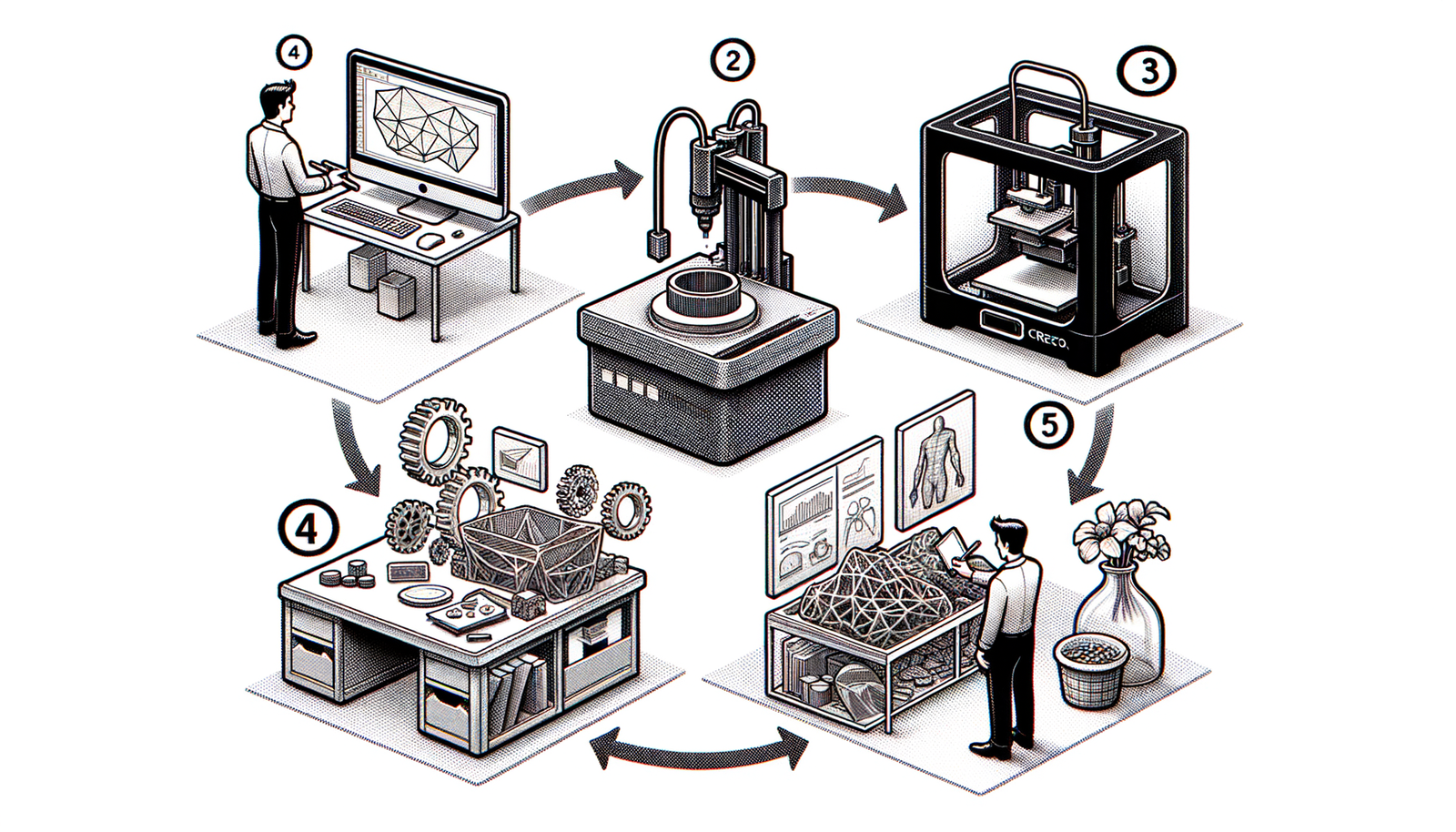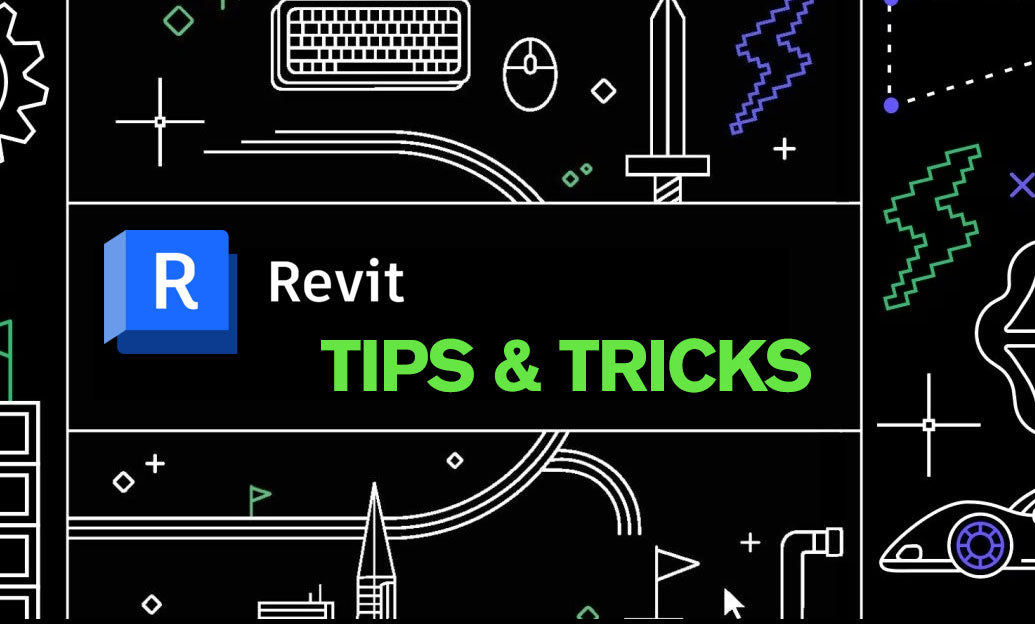Your Cart is Empty
Customer Testimonials
-
"Great customer service. The folks at Novedge were super helpful in navigating a somewhat complicated order including software upgrades and serial numbers in various stages of inactivity. They were friendly and helpful throughout the process.."
Ruben Ruckmark
"Quick & very helpful. We have been using Novedge for years and are very happy with their quick service when we need to make a purchase and excellent support resolving any issues."
Will Woodson
"Scott is the best. He reminds me about subscriptions dates, guides me in the correct direction for updates. He always responds promptly to me. He is literally the reason I continue to work with Novedge and will do so in the future."
Edward Mchugh
"Calvin Lok is “the man”. After my purchase of Sketchup 2021, he called me and provided step-by-step instructions to ease me through difficulties I was having with the setup of my new software."
Mike Borzage
Top 5 PTC Creo Functionalities Elevating Additive Manufacturing Success
June 06, 2024 3 min read


Additive manufacturing (AM) has undergone a remarkable evolution from its early days as a prototyping tool to a fully integrated component of the product development process. The ability to build complex geometries layer by layer has not only expanded the design possibilities but also introduced efficiencies in material use, weight reduction, and product customization. At the forefront of this technological transformation is PTC Creo, a comprehensive CAD solution that addresses the multifaceted challenges of additive manufacturing, enabling designers and engineers to push the boundaries of innovation.
Lattice Structure Creation and Optimization
Lattice structures represent a paradigm shift in design and manufacturing, offering unprecedented benefits in terms of weight reduction, material efficiency, and product performance. These intricate configurations, made possible by AM, are critical in aerospace, biomedical, and automotive applications where material optimization can significantly impact functionality and cost.
PTC Creo provides an intuitive platform for the design, creation, and optimization of lattice structures. Users can start with selecting their base geometry and then proceed to apply various lattice types and sizes, tailoring the internal structure to meet specific requirements. The software includes sophisticated optimization tools that analyze the strength and material use, ensuring that the final design is both lightweight and durable.
- Selection of base geometry
- Application of varying lattice types and sizes
- Optimization tools for strength and material use
Industries such as biomedical implants and aerospace components have reaped significant benefits from optimized lattice structures, achieving the desired performance with minimal material waste.
Support Structure Design
In additive manufacturing, support structures play a crucial role in the success of builds, particularly when dealing with overhangs or complex geometries that need additional stability during the printing process. Effective support design is key to heat dissipation, minimizing material use, and ensuring the structural integrity of the final product.
Within PTC Creo, engineers have access to tools that streamline the design of support structures. The software offers capabilities for both automatic and manual support generation, providing flexibility to optimize supports based on the specific needs of the project. Tips for minimizing material use while ensuring build integrity include:
- Automatic vs. manual support generation
- Tips for minimizing material use while ensuring build integrity
Strategies for easy removal and minimal post-processing impact are also integral, enhancing the efficiency of the manufacturing process.
Material Selection and Management
The selection of materials in AM is a complex decision-making process that takes into consideration the properties, cost, and compatibility of materials with the specific AM technology being used. PTC Creo simplifies this process with its comprehensive database of materials and properties, allowing for smart material selection.
The integration with material suppliers provides users with real-time data, facilitating informed decisions about material properties for multi-material prints and advanced applications. Managing these selections within PTC Creo helps ensure that the final printed parts meet the desired criteria for mechanical performance, aesthetics, and cost-efficiency.
Build Preparation and Orientation
Optimal part orientation and build setup are critical factors in maximizing the success of the print process. They influence not only the build time and material usage but also the structural integrity and final appearance of the component. PTC Creo's simulation tools offer valuable insights into the best build preparation practices, including:
- Analyzing structural integrity and heat distribution simulations
- Adjustments for minimizing supports and reducing print time
These tools benefit users by allowing them to predict and address potential issues before printing, thereby reducing the need for costly and time-consuming iterations.
Post-Processing and Finish Analysis
Despite the advancements in AM technologies, post-processing remains a necessary step to achieve the desired finishes and meet part specifications. PTC Creo features for predicting and planning post-processing steps include surface finish simulation and residual stress analysis, guiding users through the complexities of achieving the perfect finish.
This comprehensive approach ensures that the parts not only look great but also function according to the rigorous standards set forth in their design.
In conclusion, PTC Creo stands at the intersection of design innovation and additive manufacturing, offering a suite of tools that enhance the efficiency, quality, and performance of printed products. By leveraging these functionalities, companies can navigate the complexities of AM to produce innovative, optimized, and high-performance products that meet the demands of today's competitive market.
Also in Design News

Rhino 3D Tip: Loft Workflow Essentials for Smooth, Production-Ready Surfaces
December 24, 2025 2 min read
Read More
Revit Tip: Precise Property Boundaries and Site Component Placement in Revit
December 24, 2025 2 min read
Read MoreSubscribe
Sign up to get the latest on sales, new releases and more …



